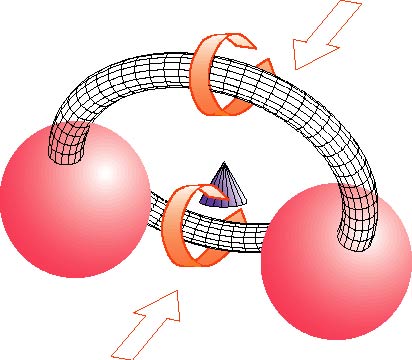
In our experiments (done in Saclay), however, such a distinction has been observed very clearly. This feature has allowed us to investigate quantitatively pinning/unpinning events of a single vortex line in superfluid 4He. From a study of the lifetime and unpinning velocities of the pinned vortices, we are able to conclude that unpinning takes place by quantum tunneling at the lowest temperatures.